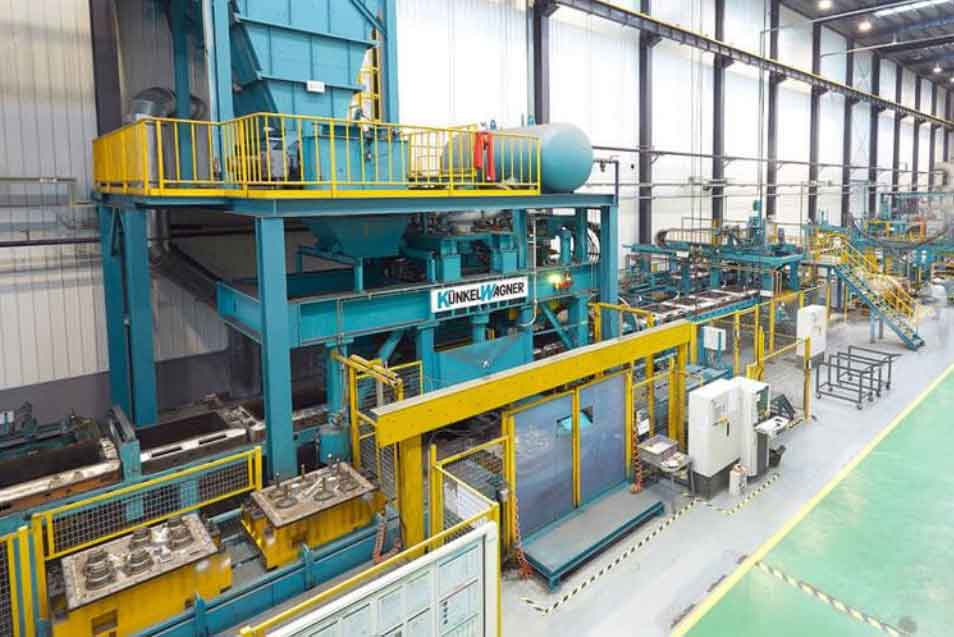
The impact of international trade policies on casting China’s market is significant, affecting everything from production costs and supply chain logistics to market access and competitive dynamics. Here’s a detailed look at how these policies influence the casting China industry:
1. Tariffs and Trade Barriers
- Increased Costs: Tariffs imposed by other countries on casting China products can increase the cost for international buyers, potentially reducing demand for Chinese exports. This can lead to a direct impact on the revenues of casting China manufacturers.
- Retaliatory Measures: In response to tariffs imposed on Chinese goods, China may impose its own tariffs on imported raw materials or machinery, which can increase production costs for Chinese manufacturers.
2. Export Controls and Sanctions
- Limited Market Access: Export controls and sanctions from major economies can restrict the markets where casting China products can be sold, limiting growth opportunities for Chinese manufacturers.
- Supply Chain Disruptions: Restrictions on the export of critical technologies or materials to China can disrupt the supply chains, affecting the production capabilities and efficiency of casting China manufacturers.
3. Trade Agreements
- Market Expansion Opportunities: Trade agreements that include China can open up new markets for casting China manufacturers, reducing tariffs and easing quotas in member countries. This facilitates greater export opportunities and competitive pricing in foreign markets.
- Standardization and Compliance: Trade agreements often require adherence to international standards, compelling Chinese manufacturers to improve their product quality and manufacturing processes to meet these standards, thereby enhancing their global competitiveness.
4. Intellectual Property Rights (IPR) Protection
- Enhanced IPR Protection: International trade policies that focus on strengthening IPR protection can benefit Chinese companies by safeguarding their innovations and technologies. This is particularly important for those in the casting China industry investing heavily in R&D and new product development.
- Challenges in Technology Acquisition: Stringent IPR protections can also pose challenges, as they might limit the ability of Chinese manufacturers to access cutting-edge foreign technologies, which could hinder their ability to innovate.
5. Currency Fluctuations
- Exchange Rate Volatility: Trade policies and geopolitical tensions can lead to volatility in currency exchange rates. A stronger yuan makes Chinese exports more expensive and less competitive abroad, whereas a weaker yuan, though boosting export competitiveness, can increase the cost of imported raw materials.
6. Regulatory Compliance
- Compliance Costs: Adhering to international environmental and safety regulations as part of trade agreements or to access certain markets can incur significant costs for Chinese manufacturers. However, compliance can also open up access to more lucrative markets and improve brand reputation.
7. Global Supply Chain Integration
- Dependency on Global Markets: As global trade policies evolve, casting China manufacturers must adapt to remain integrated with international supply chains. Changes in trade policies in one region can ripple through the supply chain, affecting operations globally.
8. Investment from Abroad
- Foreign Direct Investment (FDI): Trade-friendly policies can attract foreign investment into casting China’s industry, bringing in capital, technology, and expertise that can enhance the industry’s capabilities and output.
In summary, international trade policies play a pivotal role in shaping the competitive landscape of casting China’s industry. While they pose challenges such as increased costs and limited market access, they also offer opportunities for market expansion and improved standards. Adapting to these policies is crucial for casting China manufacturers aiming to leverage their global presence and enhance their market competitiveness.
